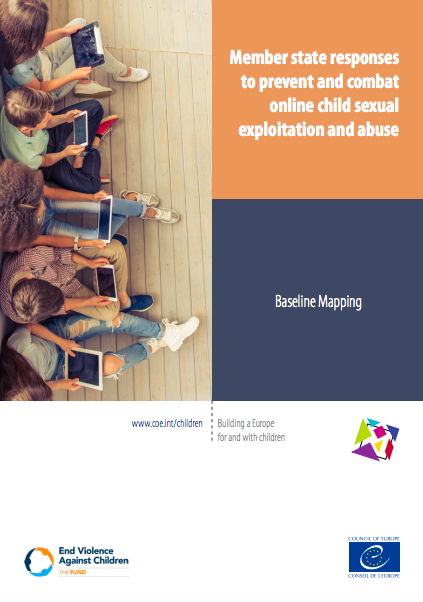The digital environment is an integral part of today’s society. While we must recognise and celebrate the ways in which it facilitates and strengthens access to rights for children, we cannot ignore the increased risks to the child’s right to privacy, health and even to a life free from violence. Where sexual violence has been facilitated or perpetrated by the use of information and communication technologies, the devastating consequences can have a long-lasting impact, often spreading across borders and rippling across the world wide web. The European Court of Human Rights recalls that member States are under positive duties: to adopt effective criminal law provisions to repress child abuse and to ensure adequate law enforcement machinery to prevent, suppress and punish such acts.

